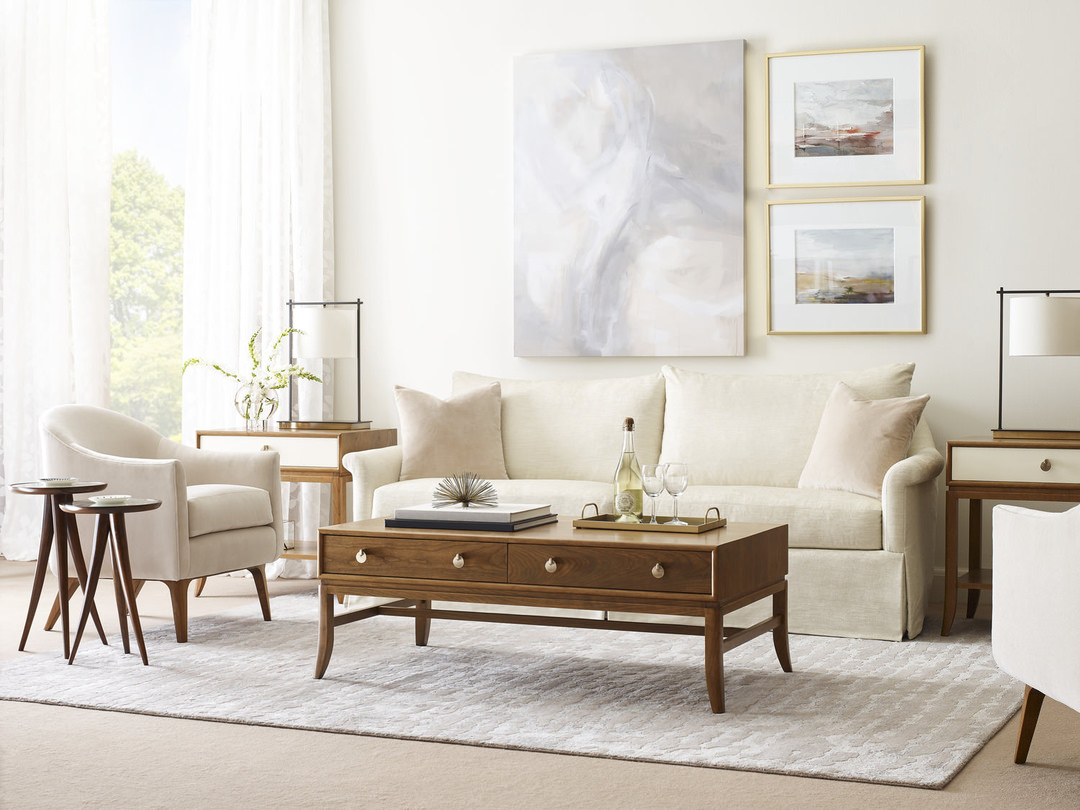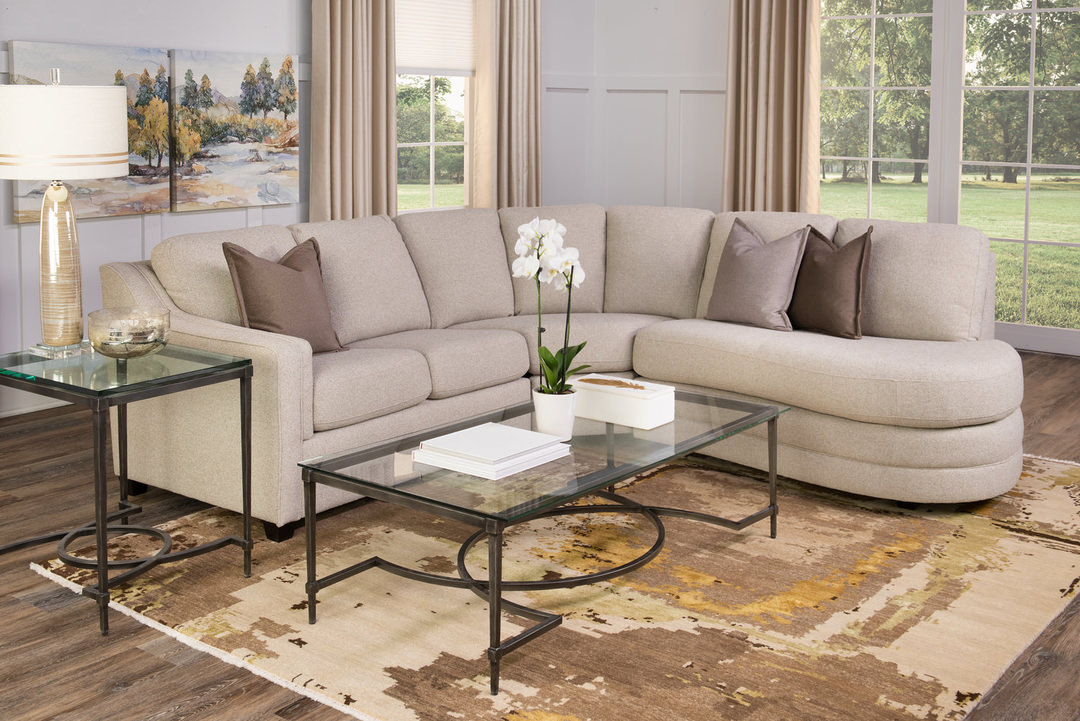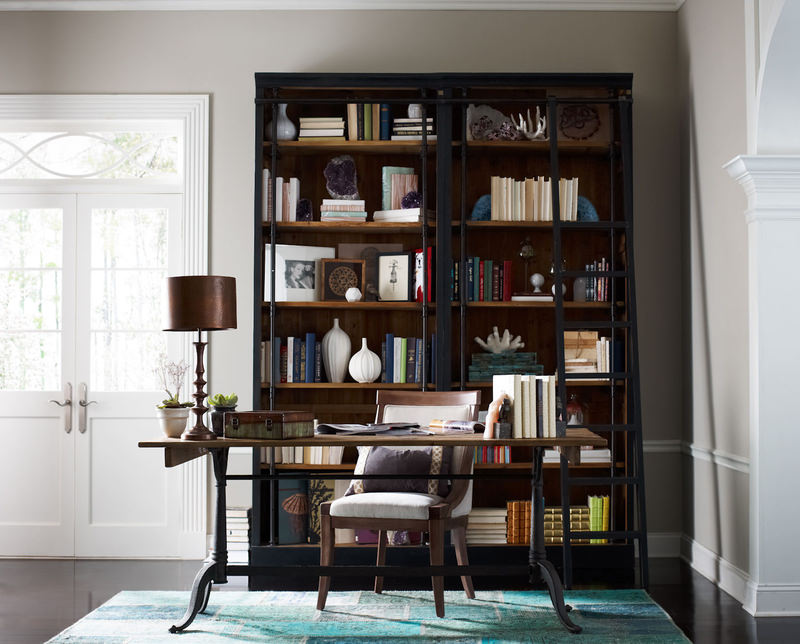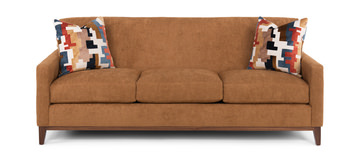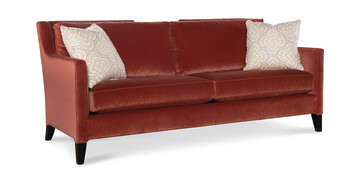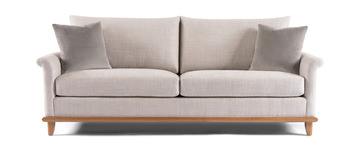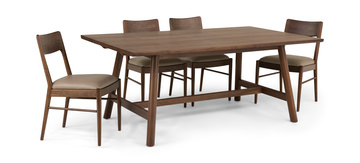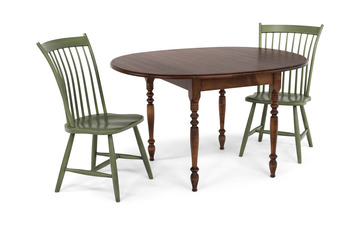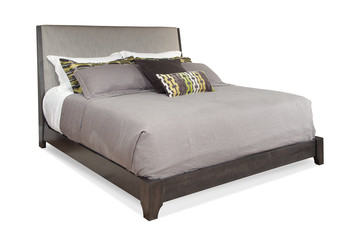Top Secrets of Interior Design
July 2025

Creating a stylish, sophisticated home takes more than beautiful furniture and a good eye for color. Whether your vision leans toward modern traditional, transitional, contemporary or a blend of styles, achieving a truly elevated look often means working with a professional. A Gabberts designer can help you refine your vision, avoid common pitfalls and craft spaces that feel as good as they look. Today you’re going to learn seven secrets that top interior designers use to create beautiful homes. Read on as we reveal secrets that transform any room into a statement of style and elegance.
1. Interior Design Is an Art
Good design doesn’t follow a formula. Every home is different and every room within it deserves a unique approach. Scale, style, arrangement and flow are critical elements that an experienced designer sees intuitively. A well-designed space feels balanced because the furniture sizes match the dimensions of the room and each piece relates to the others in proportion and style. Arranging furniture, art and accessories is an art form that requires careful attention to visual weight and negative space. A professional has the training and experience to see many possibilities and can help translate a blank room into a setting that is cohesive, beautiful and welcoming.
2. The Importance of Functionality
A beautifully styled room must also function beautifully. One of the most important interior design tips for a living room is to plan for how you actually live. Before choosing a sofa or designing an entertainment area, think about who will use the space and how. Will children or pets be part of the daily flow? Will guests often gather? Is this a room for conversation, relaxation or high-energy activities? Good design addresses comfort, circulation and purpose without sacrificing beauty. It thinks through not just where to place the furniture but also how much walking room to leave, where to add lighting and how materials can support durability as well as elegance. Functionality forms the invisible foundation that allows the aesthetic to shine.
3. Sustainability Continues to Be Key
Sustainability is no longer a trend; it’s a central part of luxury living. Choosing materials that are responsibly sourced, eco-friendly and built to last makes a difference not only for the environment but also for the quality and longevity of your home. Many top designers look for furniture made with sustainable woods, natural fibers and low-VOC finishes that prevent indoor air pollution and help protect the planet. Incorporating biophilia—the connection to nature through design—is another way to make your home feel more alive and restorative. Think living or high quality artificial plants, natural light, organic textures and outdoor views brought indoors. A sophisticated home today respects both aesthetics and the world we live in by blending beautiful design with conscious choices.
Additionally, a well designed room has more longevity in your home, also making it more sustainable. If your room truly functions for your lifestyle and it is a look you love, you will not be tempted to change it out with every passing design trend. Quality furniture saves time and money because it lasts longer and, when you do finally decide to swap it out, it can live on through a vintage or second hand store and have a second life in someone else's home. High-quality upholstery is even worth re-upholstering if it is a specific size or style that you love and can't easily replace when it comes time to update your home.
4. The Difference That Lighting Can Make
Attention to lighting is one of the most transformative interior design tips you can follow. It changes not only how a room looks but how it feels. Layered lighting—ambient, task and accent—creates dimension and flexibility. Thoughtfully placed lamps, sconces and chandeliers add warmth and drama. Natural light is equally important; it can make colors more vibrant, materials more interesting and spaces feel more expansive. Good designers consider the orientation of a room, the placement of windows and the flow of daylight throughout the day. They select window treatments that enhance rather than obscure natural light. Whether it’s a shimmering chandelier over a dining table or subtle under-cabinet lighting in a kitchen, light is one of your most powerful design tools.
5. Texture Makes a Room Stand Out
Even a monochromatic color scheme can feel rich and layered with the right use of texture. Velvet sofas, leather chairs, linen drapes, woven rugs and metal accents all bring tactile variety to a space. Texture adds depth and creates visual interest that makes a room feel complete rather than flat. One of the most effective tips for interior design, especially in a living room, is to mix smooth and rough textures, soft and hard materials. Designers often pair a sleek marble coffee table with a chunky knit throw or set a rustic wood console against a refined backdrop. Layering texture keeps a space inviting and dynamic, making you want to reach out and experience it rather than just look at it.
6. Customization for a Home That Is Truly Yours
Nothing elevates a home like customization. Having furniture, rugs, drapery or upholstery pieces made to your specifications ensures a perfect fit and an unmistakable sense of individuality. Custom options can tailor a sofa’s dimensions to your room, select a dining table’s finish to harmonize with your floors or create a one-of-a-kind rug that ties all your colors together. Gabberts designers specialize in helping you explore customization options, from selecting unique fabrics to adjusting the scale or silhouette of a piece. Investing in customization means your home doesn’t look like anyone else’s—it reflects your taste, your needs and your lifestyle in every detail.
7. Leave Room for Whimsy
Sophistication doesn’t have to mean seriousness. One of the best interior design tips professionals follow is to leave space for little whimsical touches. An unexpected pop of color, a playful piece of art or a dramatically oversize light fixture can surprise and delight guests while keeping the atmosphere fresh. These touches give a home its soul and reveal your personality. They might be as simple as a vintage find tucked into a bookshelf or as bold as a wallpapered powder room ceiling. Experienced designers know how to strike the right balance between elegance and liveliness, ensuring that whimsy feels intentional rather than random.
Bonus Secret: Designers' Rules of Thumb
While every project is unique, designers often follow a few time-tested rules. For example, how full should a room be? The golden ratio—about 1.6:1—promotes balanced proportions of approximately 60 percent furniture and 40 percent space. Another suggestion, the 60/30/10 rule, offers a simple guide for color: 60 percent dominant color, 30 percent secondary, and 10 percent accent. Odd-numbered groupings, such as 3-5-7, create dynamic and visually appealing arrangements compared to even numbers. For walkways, designers generally leave at least 36 inches of clearance to keep rooms feeling open and easy to navigate. These rules are not rigid but serve as helpful starting points to build a space that feels intuitively beautiful.
Leveraging Design Secrets in Your Home
A home that feels beautiful, personal and timeless does not happen by accident. A Gabberts designer brings expertise, vision and access to luxury furniture and custom possibilities. These seven secrets, along with a few golden rules of thumb, are tips from interior design professionals that can transform your environment. At Gabberts, we listen carefully, plan thoughtfully, and bring your style to life in ways you might never have imagined. Whether you're refreshing a room or furnishing a home, we’ll be your partner behind the curtain, helping you create a space you’ll love for years to come.

